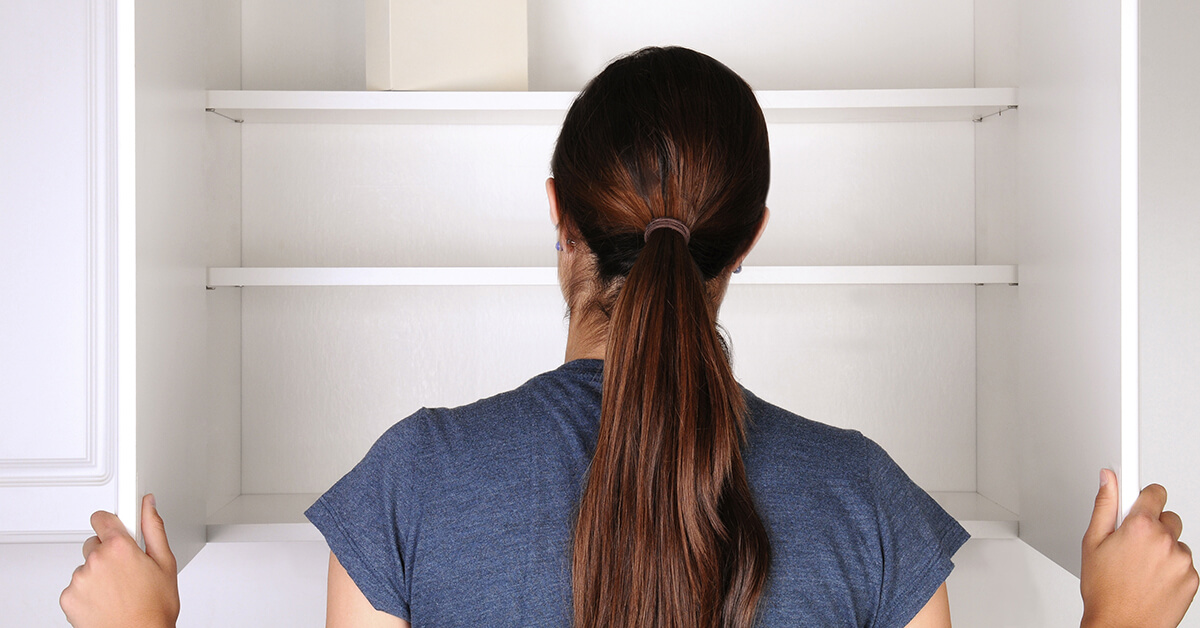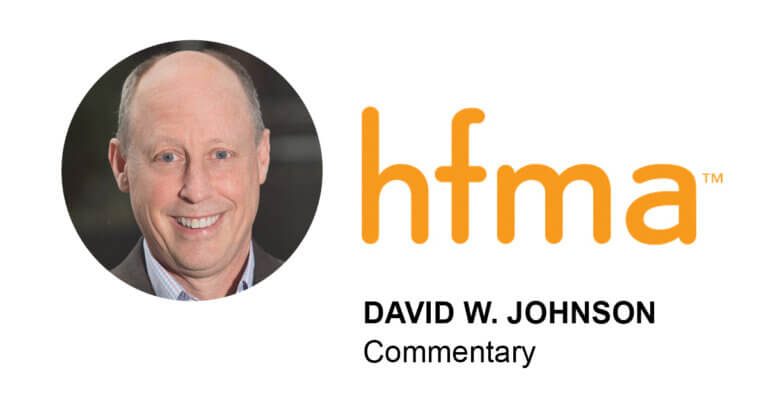November 5, 2025

Oh SNAP! Healthcare Workers Are Hungry, Too.
One life lesson I try to practice is take care of yourself so you can take care of others. I trace that back to the first time I was on a plane and the flight attendant said, if the oxygen masks drop down, put yours on first before you put them on any small children traveling with you. It made total sense to me. I’ve applied versions of that lesson to everything from putting on a life vest before getting into a canoe to taking on extra work to generate additional income.
It never dawned on me that the healthcare industry hasn’t applied such a simple and wise life lesson.
A research letter published last month in the Journal of the American Medical Association says many healthcare workers suffer from the same health-related social needs (HRSNs) as the public. These are the same workers who come in every day to try to alleviate the same challenges faced by their patients, also known as social determinants and social drivers of health (SDOH).
Six health services researchers from Harvard, Boston Children’s Hospital, University of British Columbia, Johns Hopkins, Beth Israel Deaconess Medical Center and the Massachusetts health department conducted the study. They wanted to know what the poverty, food insecurity and housing instability rates were of healthcare workers. The study pool consisted of nearly 7,000 healthcare workers who completed a U.S. Census Bureau survey in 2020 through 2023.
The workers included physicians and surgeons, nurses, other diagnosing/treating practitioners, health technologists and technicians and direct care and healthcare support workers.
As you might expect, lower wage-earning healthcare workers had higher poverty, food insecurity and housing instability rates than higher wage-earning healthcare workers. For example:
- 24.5% of direct care and healthcare support workers like medical assistants and phlebotomists suffered from food insecurity compared with 11.4% of health technologists and technicians.
- 13.8% of direct care and healthcare support workers used Supplemental Nutrition Assistance Program (SNAP) benefits to feed themselves and their families as did 3.5% of health technologists and technicians, 2.1% of nurses and 1.9% of other diagnosing or treating practitioners.
- 13.6% of direct care and healthcare support workers suffered from housing instability compared with 5.3% of nurses.
- The poverty rate of direct care and healthcare support workers was 9.6% compared with 2.6% for other diagnosing or treating practitioners like nurse practitioners and physician assistants.
Even physicians and surgeons weren’t immune from these challenges. Their poverty rate, food insecurity rate and housing instability rate were 1%, 4.3% and 3.1%, respectively.
“Significant rates of financial hardship exist among U.S. healthcare workers,” the researchers said. “Certain healthcare workers’ wages may not be sufficient to meet basic needs.”
Looking past the Trump regime’s and its Project 2025 overlord’s attempt to reduce if not eliminate SNAP benefits for the poor, the study’s results land at the feet of the people running the healthcare system in the U.S. They expect their healthcare workers to address the health-related social needs faced by their patients yet create challenges for many of the same workers.
How can those healthcare workers take care of others if they can’t take care of themselves first?
Maybe more healthcare executives should start listening to the flight attendant’s safety instructions the next time they’re on a plane.
Thanks for reading.





